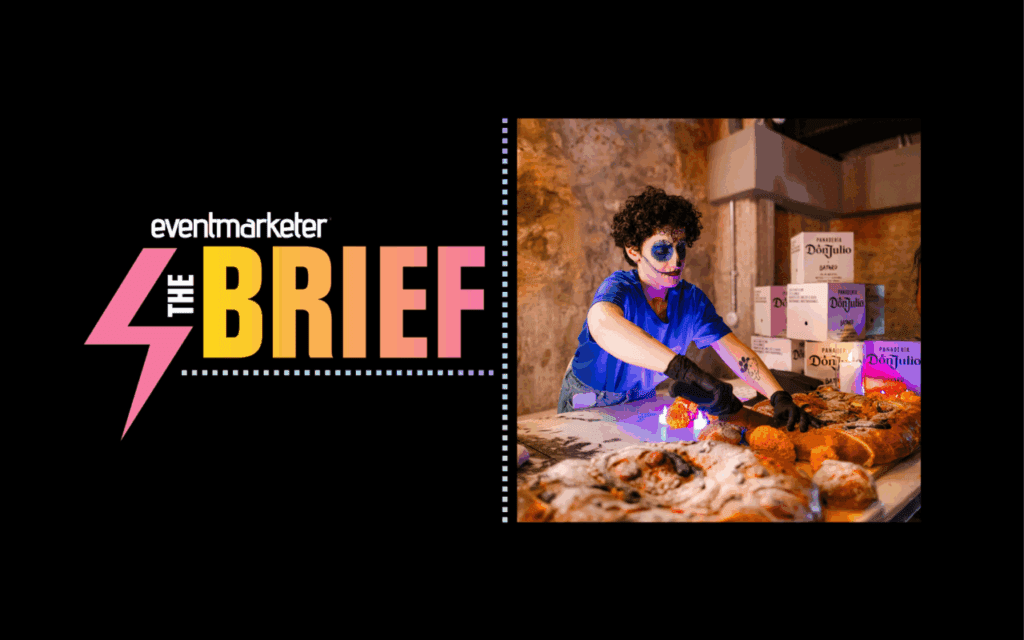PROMOTIONAL PRODUCTS: $16.3 BILLION
Promotional product spending again posts double-digit gain.
Forget the name-calling. The once-derided “tchotchke” category continued to see a rise in status as well as sales in 2000, with the latter growing by 10.1 percent to $16.3 billion, according to PROMO estimates based on industry sources.
In PROMO’s annual survey of the marketplace, nearly every promotional product distributor and supplier contacted reported double-digit increases for the year, with several reporting even higher improvement. That continues a trend of solid growth that has now lasted nearly a decade.
“More people are aware of (ad specialties). More companies are talking about it and using it, and there’s more articles in the general press like Wired and USA Today. “It’s important to the marketing mix” says Arn Bernstein, executive editor/news director at The Counselor, Langhorne, PA, a trade publication covering the promotional products industry. “This used to be perceived as a trinkets-and-trash industry, and for a long time distributors worked under that stigma. That has changed 150-fold — even though they’re currently calling it swag.”
Last year saw a continued trend toward higher-quality products — and more of them, says Al Shapiro, vice president of field sales at distribution giant Cyrk, Inc., Wakefield, MA. “I’d say 28 percent to 30 percent of the products we sold were apparel and luggage,” he adds.
Brand-name manufacturers such as Nike are getting into the game by the drawer-ful. “About five years ago, major brands would not talk with us. Now they’re realizing this is a real live industry,” says John Gaston, group president at Aspen Marketing Group, Alpharetta, GA. “Instead of going to a golf shop and selling 10 or 15 shirts, [they] realize that if you get into a large-end user, you can sell 500 or 1,000,” he says.
Distributor Disturbances
The segment experienced several major acquisitions and other business initiatives in 2000 as leading distributors and suppliers sought to expand their services — and not all successfully.
The year began with ad agency MARC USA buying supplier Winters Associates, and ended with 4Imprint — the former Nelson Marketing — buying distribution network Adventures in Advertising to create a network of 400 franchised distributors and 600 associates. In between, Norwood Promotional Products, Inc. launched its own wearables business while undertaking an organizational restructuring. It later inked a deal with Nike, Inc. to distribute the year-old Nike Golf line (which had debuted under the care of Ha-Lo Industries). And Boise Cascade Office Products’ merged its marketing services subsidiary with supplier American Identity to establish an operation expected to bill $300 million annually.
“It’s an attitude pervasive in the industry, to offer as many services and as many products as possible,” says Bernstein.
The quest to expand capabilities hurt two of the industry’s largest players. Chicago-based Ha-Lo’s eye-popping $240 million cash-and-stock purchase of Internet start-up Starbelly.com in January put a strain on finances and had the company looking to sell its newly amassed marketing services division at the end of the year. (A deal has yet to be announced). Wakefield, MA-based Cyrk, which likewise had been seeking to bolster its core promotional products business with strategic marketing expertise and Internet functionality, similarly ran afoul of Wall Street and considered divestitures; in early 2001, it sold its $100 million-plus Corporate Promotions Group to investment group Rockridge Partners, Inc. for $14 million.
A Promotioal Products Association International survey found that all buyers plan to increase the amount of purchases they conduct online. “This industry [historically has been] a lot of cold calls, face to face,” says Cherri Gann, PPAI’s p.r. specialist. “With the Internet, customers can do [the initial legwork] themselves.”
That makes distributors more acutely aware of the need to offer a broader array of products and quality service, the latter because online transactions have shortened the turnaround times customers are willing to accept, Gann says.
Privately, executives say 2000 will go down in history as the year the industry realized e-commerce was here to stay, but also realized that it would not destroy the traditional business. In other words, relationships with customers still rule the day.
“You must get close to every client [to] get to the point where they stop asking prices and become friends,” says Gaston.
“Distributors thrive because of their creativity, not because of the stuff they sell,” Bernstein says. “Good partners can develop an entire ad program — it’s not just a matter of supplying calendars and gifts. A successful distributor is one who asks clients about goals and what they want to accomplish.”
SNAPSHOT:
- Spending climbed 10.1 percent to $16.3 billion.
- Marketers continued moving toward higher-quality and brand-name products.
- Suppliers stuggled to expand product lines and services.



